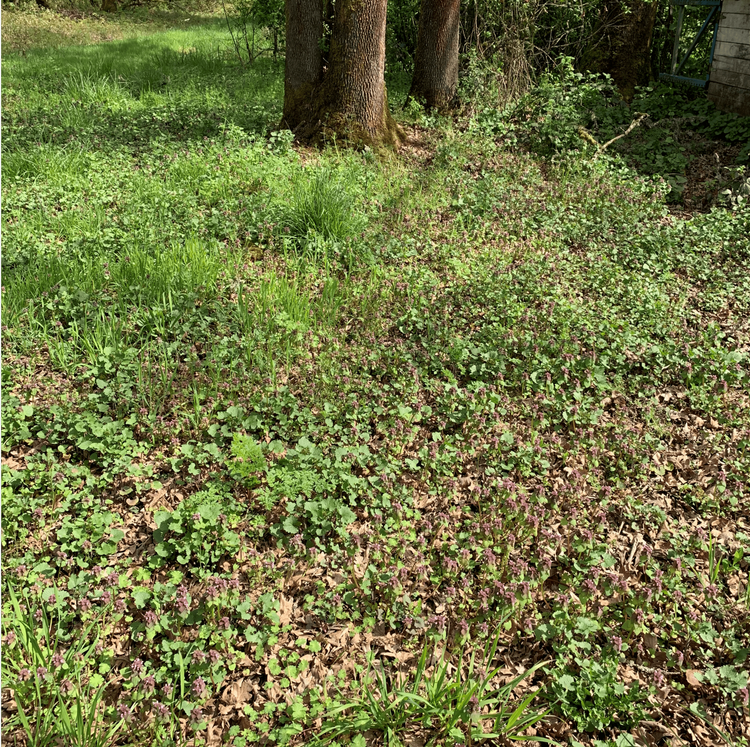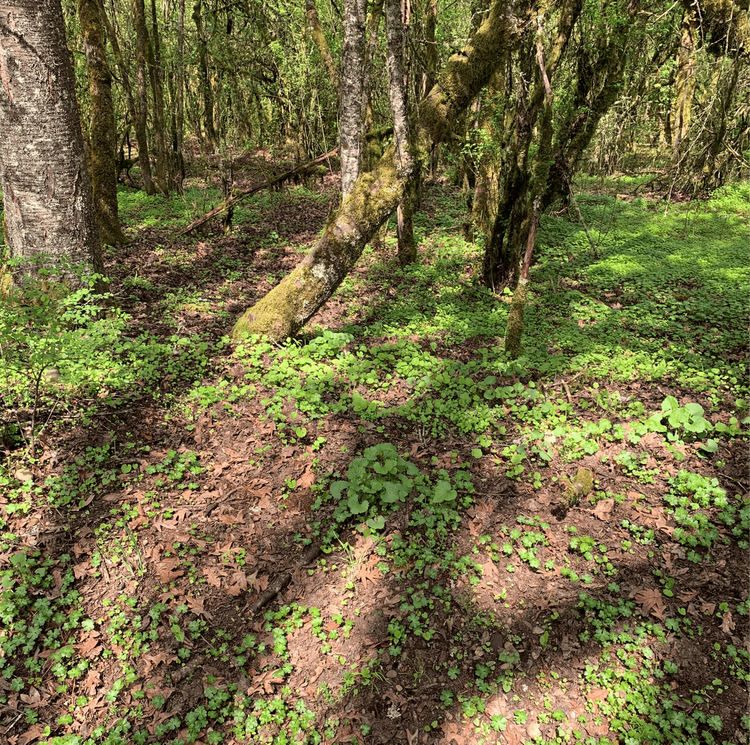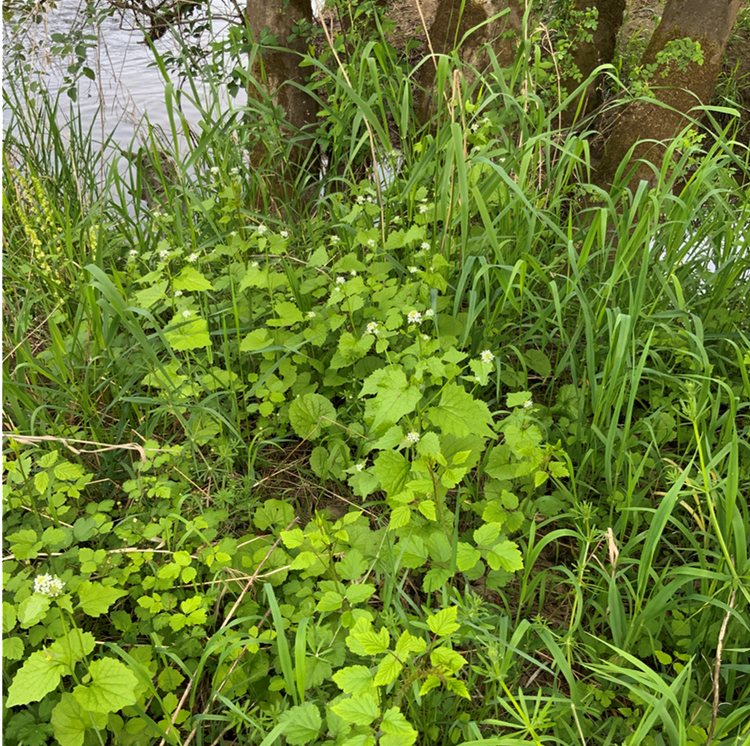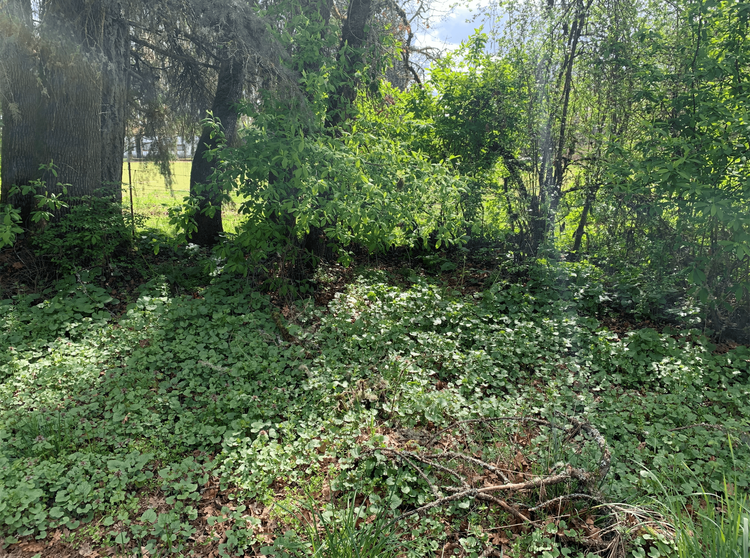Scappoose Creek Garlic Mustard Control
In February 2022, the Columbia SWCD was awarded funding from the Oregon Watershed Enhancement Board (OWEB) for an Oregon Department of Agriculture (ODA) Noxious Weed Grant to control Garlic mustard in areas within Columbia County. The District hired a professional restoration crew to treat/remove a little over 9 net acres and 300 gross acres of Garlic mustard (Alliaria petiolata) in spring 2022, and will repeat spring 2023. The Columbia SWCD is also actively working with landowners in the historic project area along North Scappoose Creek to develop individual management plans and assist with manual removals as needed to ensure continued progress towards eradication in this area.
Location: North Scappoose Creek, South Scappoose Creek, Scappoose Creek, and associated upland areas
Partners: Scappoose Bay Watershed Council (SBWC), Port of Columbia County, Oregon State University (OSU) Extension Office, Columbia County, Oregon Department of Agriculture (ODA) Noxious Weeds Department, Private Landowners
Grantor: Oregon Watershed Enhancement Board (OWEB)
Application Type: ODA Noxious Weed Grant
Awarded Grant Funding: $38,473
Total Cost of Project: $48,919
Garlic mustard is an aggressive and successful understory invader. It spreads rapidly, inhibits growth of native vegetation, and diminishes wildlife habitat and water quality.
The goal of this project is to restore native riparian and upland plant communities throughout the project reach by treating Garlic mustard and allowing native plants to re-establish. Columbia County is over 75% forestland. By controlling the spread of Garlic mustard and continuing to reduce infestation densities, we will protect the natural functions of our forest and riparian ecosystems as well as their economic value. Scappoose Creek is used by Endangered Species Act (ESA) listed salmonid species migrating to the upper tributaries to spawn and juveniles rearing in the lower reaches. By restoring native plant communities, we will have a positive impact on water quality, wildlife habitat, soil health, and the biodiversity needed to support pollinator species and all wildlife dependent on natural food webs.
Treatment Timeline:
Garlic mustard will be sprayed in late April or early May, before seed pods form
Herbicide treatments will occur in both spring of 2022 and 2023
Manual removals will take place in the spring of both years
Restoration will include installation of native groundcover plants and seedings as appropriate along North Scappoose Creek properties. Additional seeding will also take place in oak forested areas on Port owned property.
Historical Treatment:
The Columbia SWCD has been working to control Garlic mustard in this area since 2012. Over the last four years, new sites have been identified thanks to the development of a more formal in-house weeds program. The project area began at 113 gross acres in 2012, and has grown to almost 300 gross acres last year. Projects funded in recent years have resulted in more thorough treatment, excellent data collection, new surveys, and complimentary manual treatments. Over the last four years we have accomplished an average of 1 net acre of manual upland removals annually. Consistent treatment pressure has resulted in diminished populations of Garlic mustard at the upstream extent, allowing us to begin focusing project funds primarily on the downstream section.





















